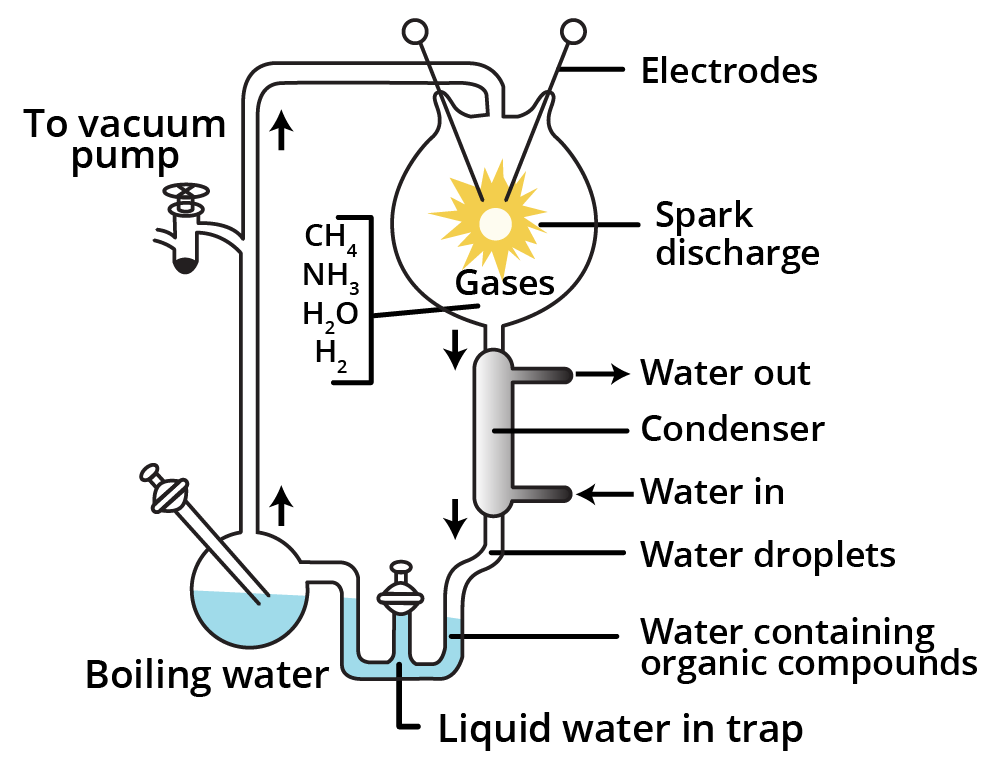Biology Important Questions for Chapter 6 Evolution Class 12 - FREE PDF Download








FAQs on Evolution Class 12 Important Questions: CBSE Biology Chapter 6
1. What are the topics covered in Chapter 6 Class 12 Biology?
The topics covered in Chapter 6 of Evolution Class 12 Biology are-
Introduction of Evolution
Origin of Life
A Theory About The Evolution of Life Forms
What Is The Evidence of Evolution?
What is Adaptive Radiation?
Biological Evolution
Mechanism of Evolution
Hardy-Weinberg Principle
A Brief Account of Evolution
Origin And Evolution of Man
Summary
To understand each topic better, visit the page -Important Questions for Class 12 Biology. This link will take you to the important questions of the Chapter 6 Evolution page where you can download the PDFs FREE of cost.
2. Explain bacteria’s resistance to antibiotics according to Darwin’s theory of selection.
According to Charles Darwin’s theory of selection, nature supports only those organisms to survive and adapt themselves to the harsh changes in the environment. For instance, organisms that can find food, and shelter, protect themselves from diseases, etc, are more likely to survive. Now, bacteria that are sensitive to antibiotics will die. However, bacteria that develop some mutations in their genetic material will resist changes occurring by antibiotics. These bacteria multiply quickly and form large colonies in a short time.
3. Write some modern-day organisms and connect them with their ancient fossils.
Cockroach, Niopilina, King Crab (Limulus), Latimeria (Fish)- These fossils have remained unchanged over many years.
Fossils of Arthropod- Trilobites
Lung Fishes- They are the connecting link between amphibians and fishes
Peripatus- They are the connecting link between arthropods and annelids
Woody Mammoth is an example of an ice fossil
Gastropods are an example of cast and mould fossils
An example of amber fossil of asphalt is Giant Elk
Dinosaur Footprints are an example of imprints.
4. State whether human evolution is an example of adaptive radiation or not.
Yes, human evolution is an example of adaptive radiation as many different species of humans have evolved in different regions of the world. They have diverged into different regions in the following series.
Hominid species of humans occurred in Asia and Africa.
Homo habilis species of humans evolved in Africa around 2 million years ago.
Homo erectus species of humans moved to Europe and Asia. This human species diverged into two other species that is Peking Man and Java Man.
Homo sapiens species of humans evolved in Homo erectus.
African Cromagnon evolved from Primitive Netherland Man (human species) that was found in Europe.
5. Write the evolution of the horse.
The evolution of horses is as follows-
The first species of the horse was Eohippus
Eohippus evolved into Mesohippus
The third species of horse that evolved from Mesohippus was Merychippus
Pliohippus species of the horse evolved from Merychippus
The Pilohippus species had given rise to the Equus species of the horse.
Here is the series-wise evolutionary trend of these species
The Eohippus species of the horse had a large body size.
Mesohippus horse species had elongated necks.
The Merychippus species of the horse had elongated limbs.
Pilohippus horse species had enlarged the third digit.
Equus species of the horse developed complex teeth structures for eating grass.
6. How can important questions for Evolution help in CBSE Board Exam preparation?
These questions focus on key concepts and commonly asked exam questions, helping students prepare effectively and perform well in their exams.
7. Are the important questions provided by Vedantu suitable for NEET preparation?
Yes, the questions are curated by experts and cover concepts relevant to both CBSE Board exams and competitive exams like NEET.
8. Can I download the important questions for Chapter 6: Evolution for FREE?
Yes, Vedantu provides a FREE PDF download of important questions for this chapter.
9. Do these questions include solutions or answers?
Yes, the important questions come with detailed answers and explanations to enhance understanding.
10. How should I practice these important questions for best results?
Practice regularly, focus on understanding the concepts behind each question, and review the solutions to clarify doubts.
11. Are the questions aligned with the latest CBSE syllabus?
Yes, Vedantu ensures that the questions are updated as per the latest CBSE syllabus and guidelines.
12. How much time should I dedicate to practising these questions?
It is recommended to dedicate 1–2 hours daily to practising these questions alongside regular revision of the chapter.
13. Why should I choose Vedantu for important questions on Evolution?
Vedantu’s expert-curated questions are comprehensive, exam-focused, and come with solutions, making them a reliable resource for effective preparation.
























